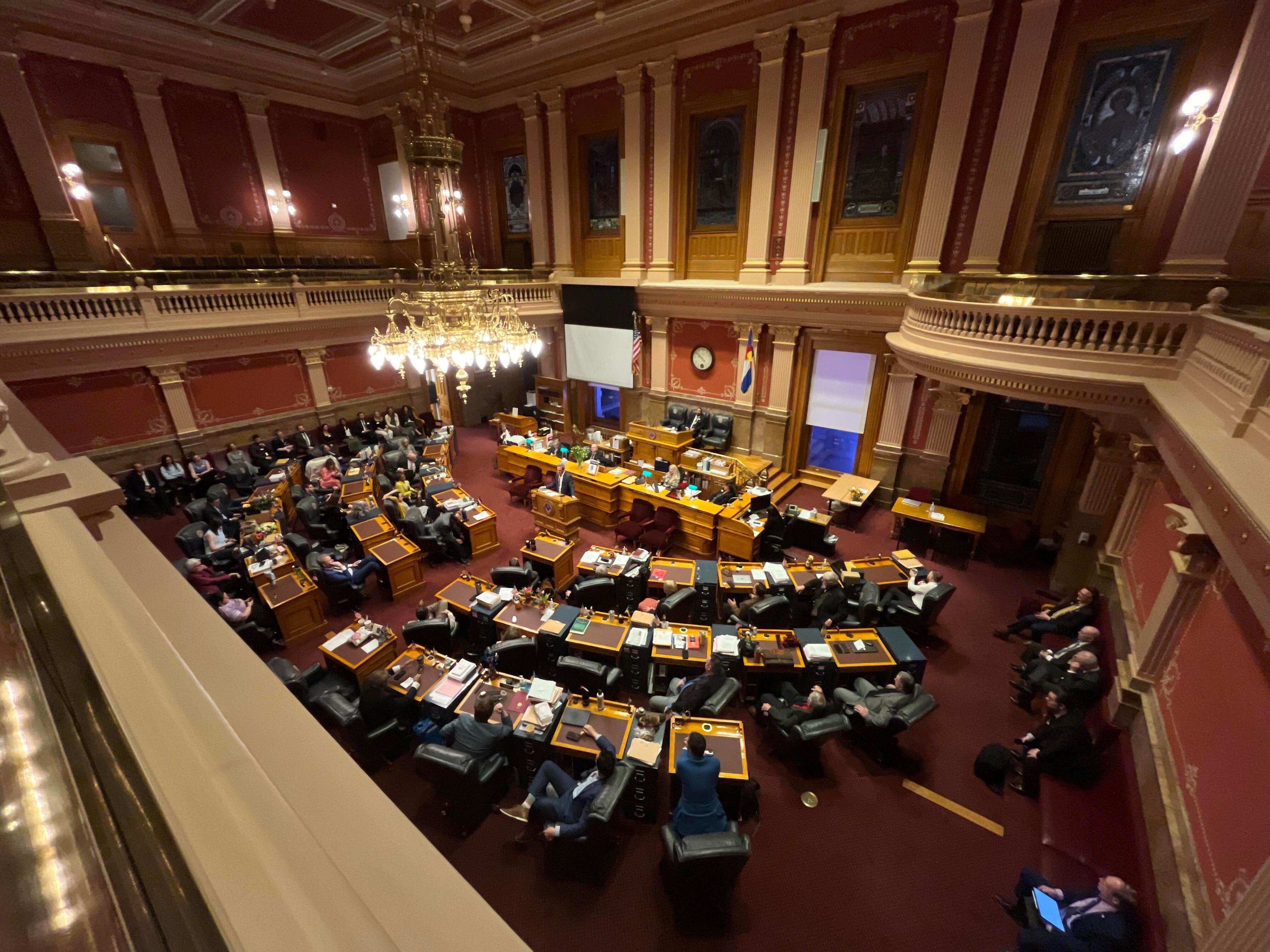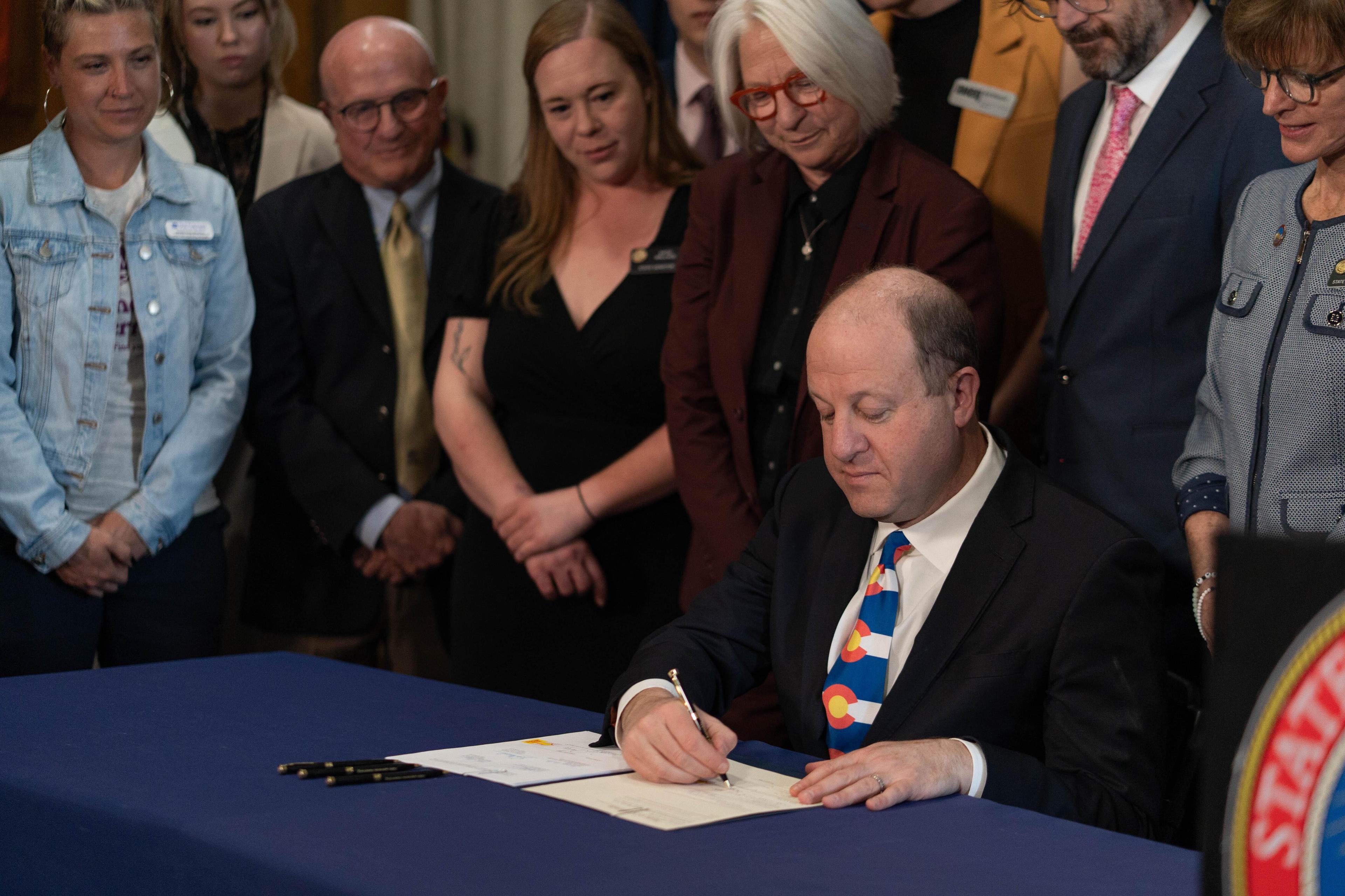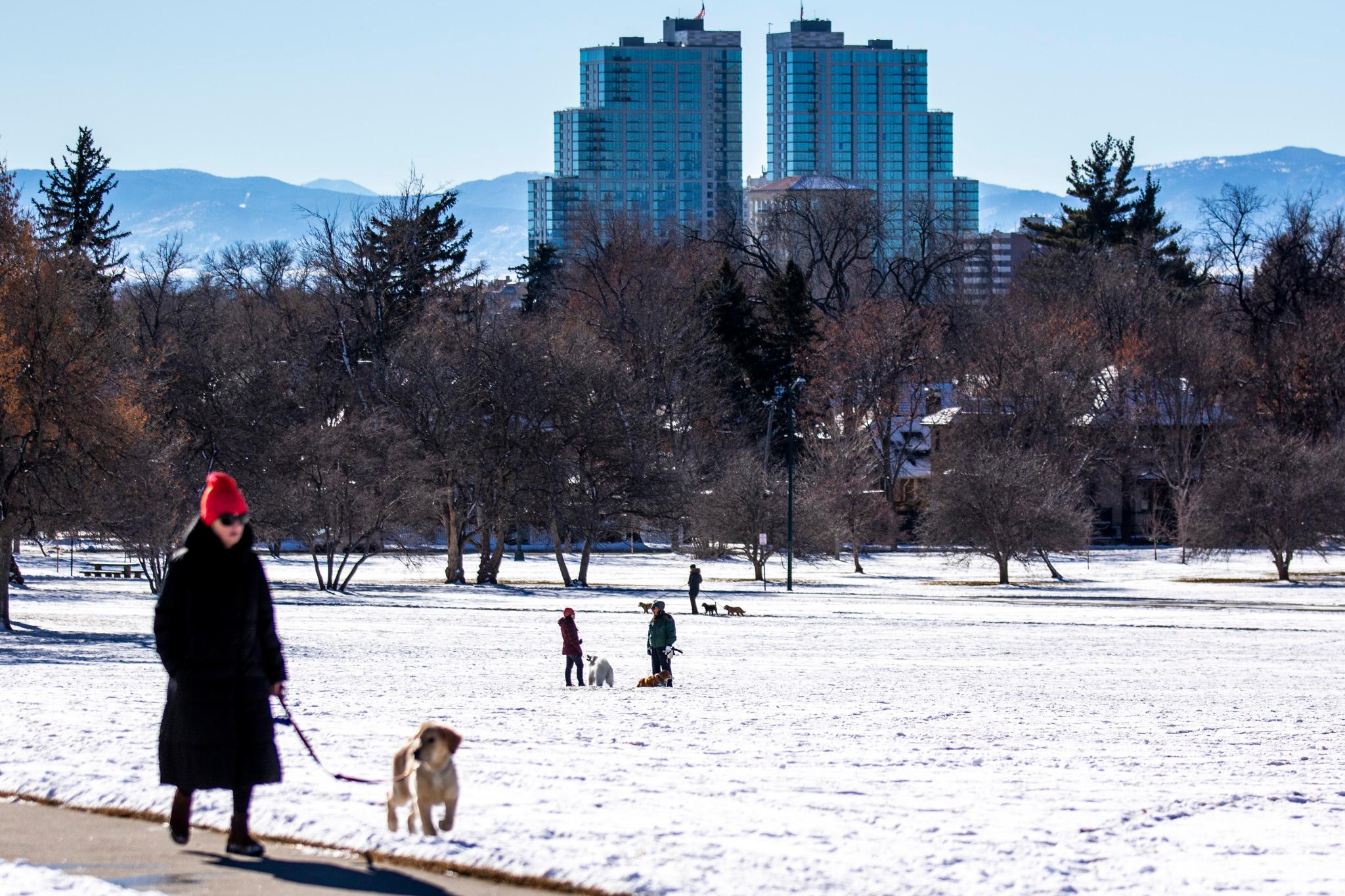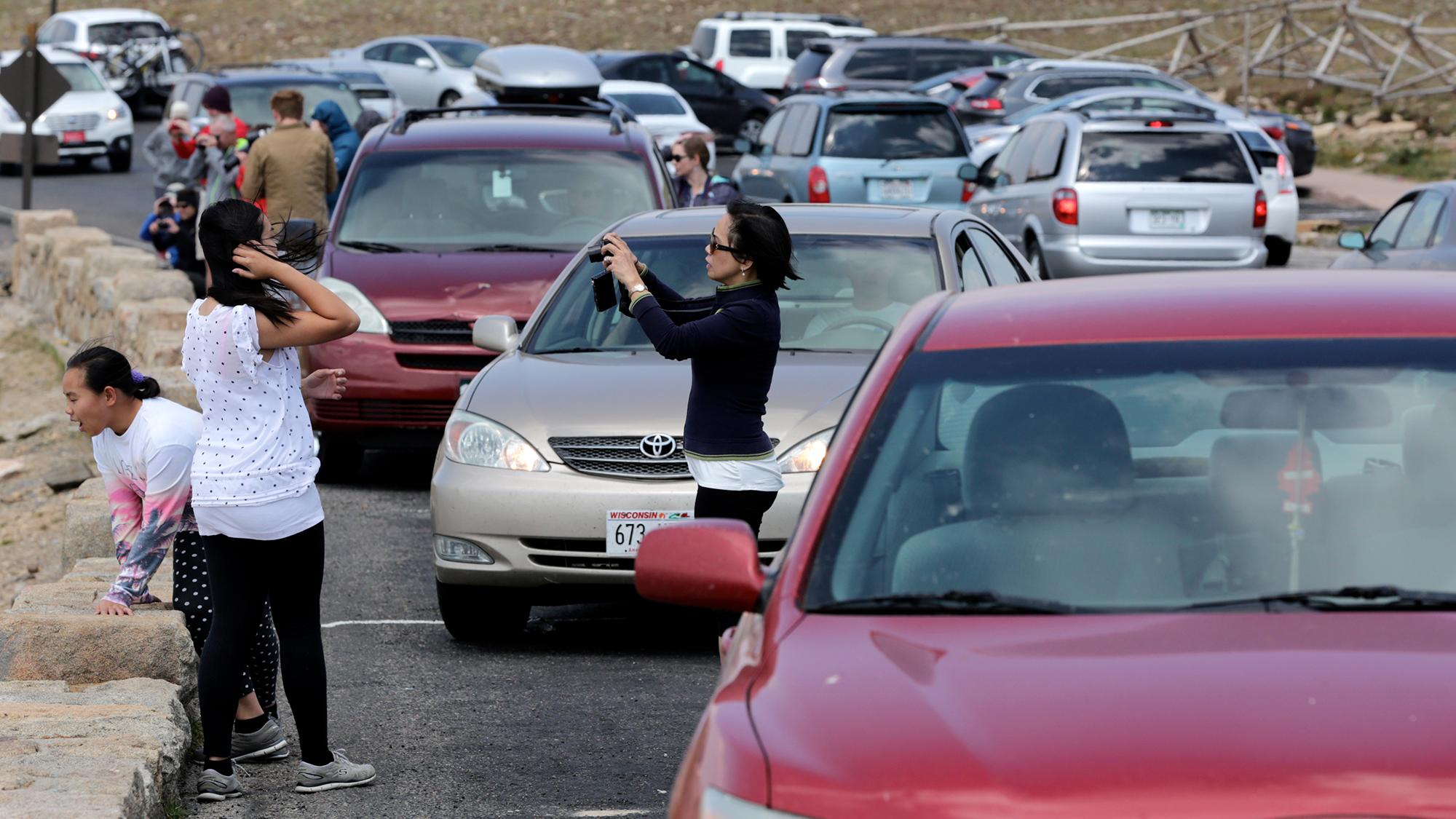
There are a lot of reasons to visit Colorado. From skiing and hiking to soaking in hot springs and taking in the scenery from one of the state’s many picturesque mountain towns, there’s something for everyone looking for an outdoor escape.
But what’s the state’s single biggest tourist attraction? One Coloradan asked CPR News’ Colorado Wonders the question.
The answer: Rocky Mountain National Park. The 415-square-mile park in northern Colorado, which was created by President Woodrow Wilson in 1915, has more than 4 million visitors annually, according to Jamie Richards, a spokesperson for the park. It’s the fifth-most visited national park in the U.S.
Unlike some other national parks, like Yellowstone and the Grand Canyon, Rocky Mountain National Park doesn’t get a lot of international visitors, Richards said.
“We're very much a local regional park,” she said. “Roughly 30 to 40 percent of visitors to Rocky Mountain National Park come from Colorado.”
Visitation has been on a steady upward trend for the past century, but attendance fluctuates with what’s going on in the world. Take, for instance, the boom in attendance in 2021 as people flocked to open spaces during the height of the COVID-19 pandemic. But it can work in the other direction, too.
“If you take time to think about it, there's usually societal or economic pressure … the years of World War II, for instance, the time around 9/11. So you see dips in national parks across the board at certain periods in time through our history, “ Richards said.
A lot of visitors to Rocky Mountain National Park are daytime visitors traveling from their homes on Colorado’s Front Range. Or they’re staying with family and friends who live there.
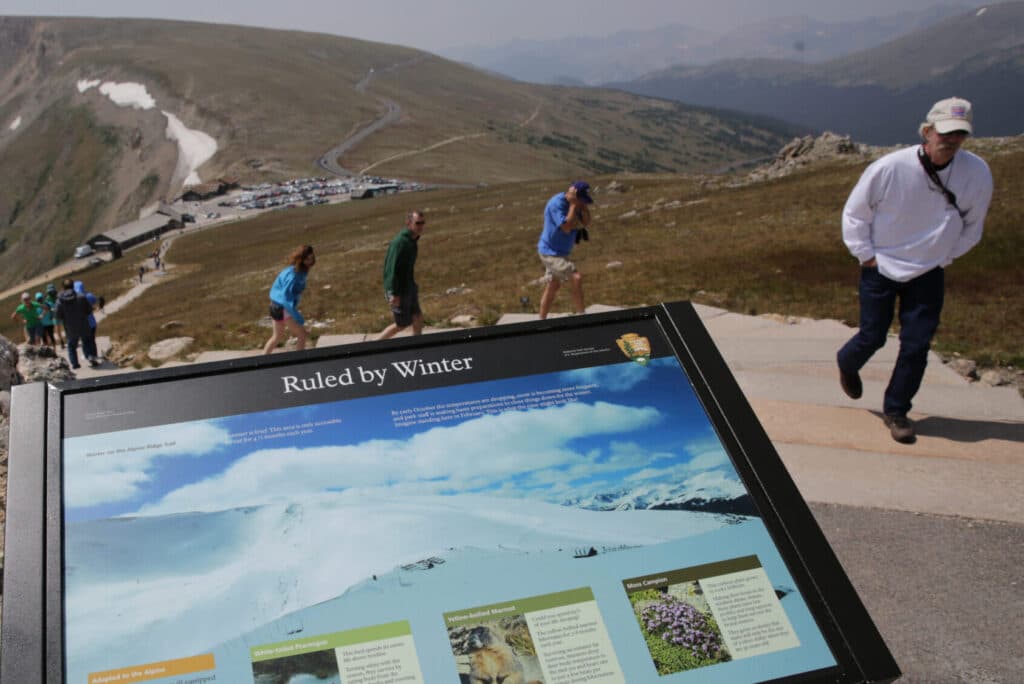
But it’s not all-day trippers at the park. There are plenty of people who stay overnight. Those vacationers often end up staying in the small town at the base of the park — Estes Park.
“Estes Park has really grown into its own role as a tourist destination, but everything is really centered around Rocky Mountain National Park,” said Claire Molle, a spokesperson for the local tourism organization, Visit Estes Park.
Molle is a native of the town.
“It’s been very unique,” she said of growing up next door to a national park. “You kind of don't realize it until you go elsewhere and you're like, wait, the whole world is not this little snow globe family vacation mountain town.”
And, according to Molle, some things never get old.
“I absolutely love watching people get really excited when they see an elk because they've never seen one before,” she said. “That's what this town is about – bringing people here to experience something they might have never experienced before.”
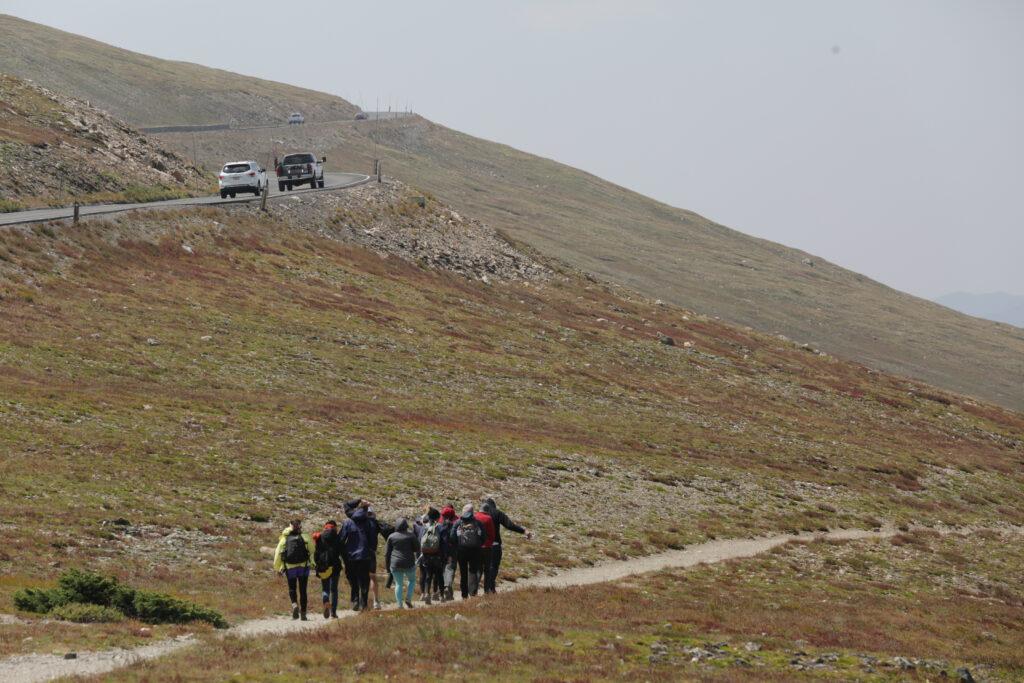
Her favorite spot is the Emerald Lake hike, one of the park’s most popular and accessible trails.
“I have this awesome memory of hiking there in the evening with my dad, and it felt like there was no one on the trail at that time, and it felt like you were in a fairy storybook, like a fairytale,” Molle said.
It’s pretty tough to get the Emerald Lake hike to yourself these days. The timed entry system that started in 2020, which requires a reservation to get in during peak hours, will be in effect again this summer starting May 26.
Richards, the park’s spokesperson, says they’ve been experimenting with different ways to manage congestion for a while. She notes that you can still get into the park without a reservation, but you might have to be flexible about what time you visit.
“You can come in before nine or wait until after two … And if there’s a time of day that you really want, we create opportunities to get your timed reservation a month before your arrival dates or [by] releasing passes the night before,” Richards said.
If you want to sneak in a trip to the park before the summer crowds start to descend, now is a good time. National Park Week starts this weekend. Entry into Colorado’s number one tourist attraction will be free on Saturday, April 20.

